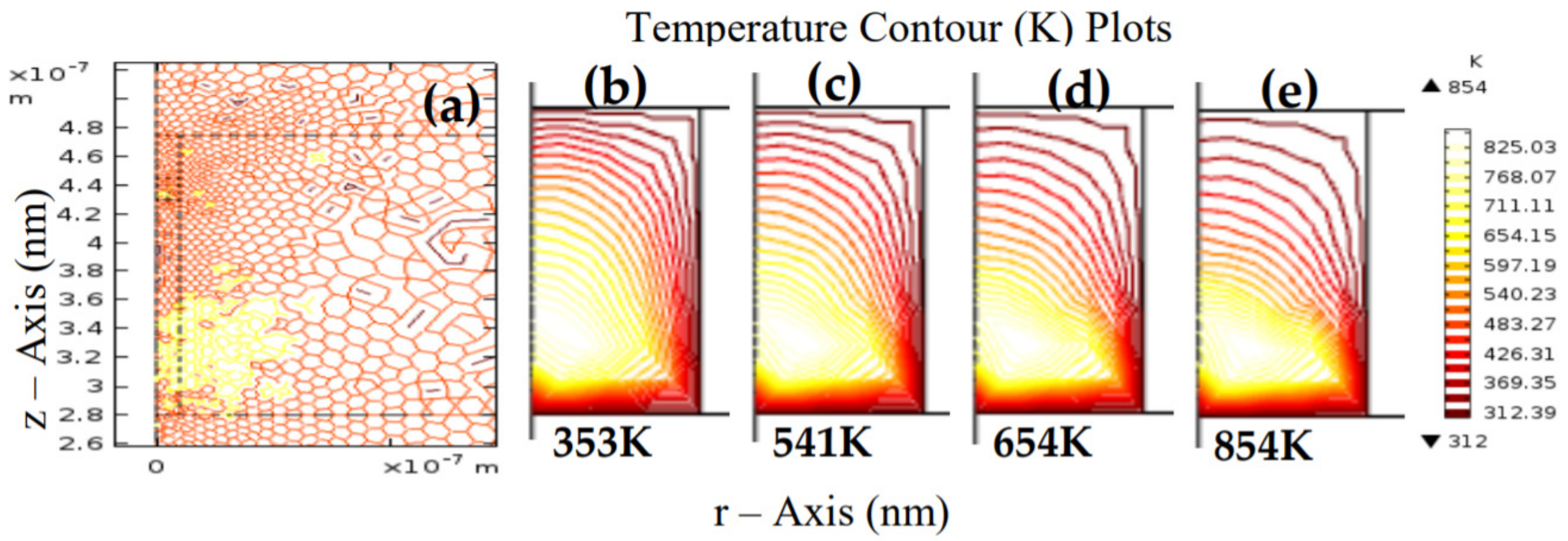
For example,Įlectric current produces more heat in insulators (those materials which heavily oppose the flow of current in it e.g. The generated heat by electric current depends on the amount of current and material of that substance. This effect is known as the heating effect of the current. That’s the reason why the flowing of electric current in a substance generates heat. The collision of electrons produces heat. The drifting electrons in the substance collides with each other and the electrons of molecule atoms in the material. We know that the flow of electrons in a substance is known as electric current. The reason behind this scene is that when current flows through a conductor, the applied electrical energy is converted into heat energy which increases the temperature of the conductor. Coulomb’s Laws of Magnetic Force – Formula & Solved ExampleĪlmost, we all have experienced that when a current flows through a conductor or cable and wire, it becomes hot later.Coulomb’s Laws of Electrostatics With Example.∴ H = I 2Rt / 4200 kcal = VIt / 4200 kcal = Wt / 4200 kcal = V 2t / 4200 kcalĪ one kilocalorie (kcal) is the amount of heat needed to rise the temperature of one kilogram (kg) water by one degree centigrade (1☌).J = 4187 joules/kcal = 4200 joules/kcal (approx.).In this case, the produced amount of heat can be calculated using the following formulas and equations.Īmount of Heat produced = H = Work done / Mechanical equivalent of Heat = WD/J

We also discuss the significance of using nonlinear versus constant values for your material properties in a multiphysics model.The work done is the amount of heat energy converted from electricity which dissipates in the air. Lastly, we end with changing some of the properties for the materials in our model so that they are nonlinear in this case, temperature dependent. Additionally, we talk about the different options for the solvers used to compute a multiphysics problem, namely the Direct versus Iterative solvers. We then elaborate on how our multiphysics model is solved, discussing the order, process, and number of iterations used by the solver during and after computing.
#Joule heating comsol 5.1 how to
After, we discuss tips and best practices for how to approach both defining the physics for and computing these types of models.

We also discuss and demonstrate the different types of thermal boundary conditions that can be added to these types of models involving Joule heating. After computing the model, we show you various ways that you can postprocess the results and evaluate specific quantities to help visualize and understand the Joule heating effect occurring in the device. When defining the physics for the model, we explain how the physics interfaces are coupled in the Electromagnetic Heating multiphysics coupling node. We start with an overview of the type of model that we will build during the lecture, which is that of a device you would want to heat up, such as an electric circuit with a current source. In Part 7 of a 10-part course on modeling resistive and capacitive devices, you will learn about modeling Joule heating with nonlinear materials for these types of devices. Modeling Joule Heating with Nonlinear Materials for Resistive and Capacitive Devices


 0 kommentar(er)
0 kommentar(er)
